Visit
Working hours
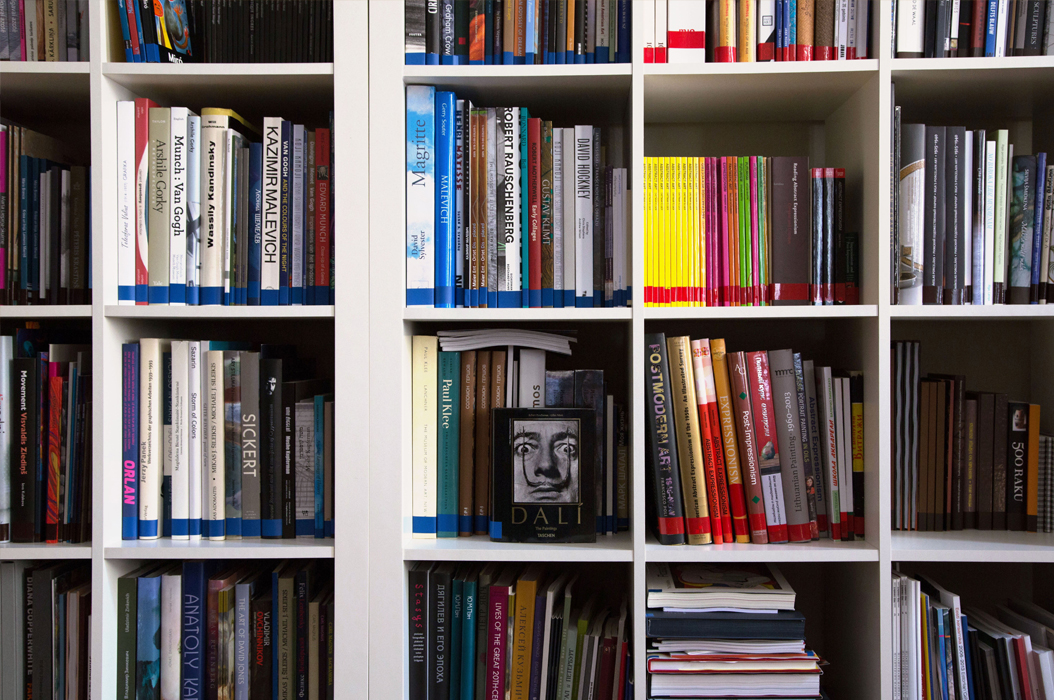
Reading room
The Reading room of the Rothko Museum holds a comprehensive and diverse collection of literature on arts, including painting, ceramic art, graphic art, photography, art history, design and architecture. The literature is mostly in Latvian, English, Russian and German. A significant body of publications covers Mark Rothko’s biography and creative work. The Reading room also stores portfolios and catalogues of the many participants of the centre’s symposia.
To book your visit, e-mail us at
valentina.slavkovska[at]daugavpils.lv
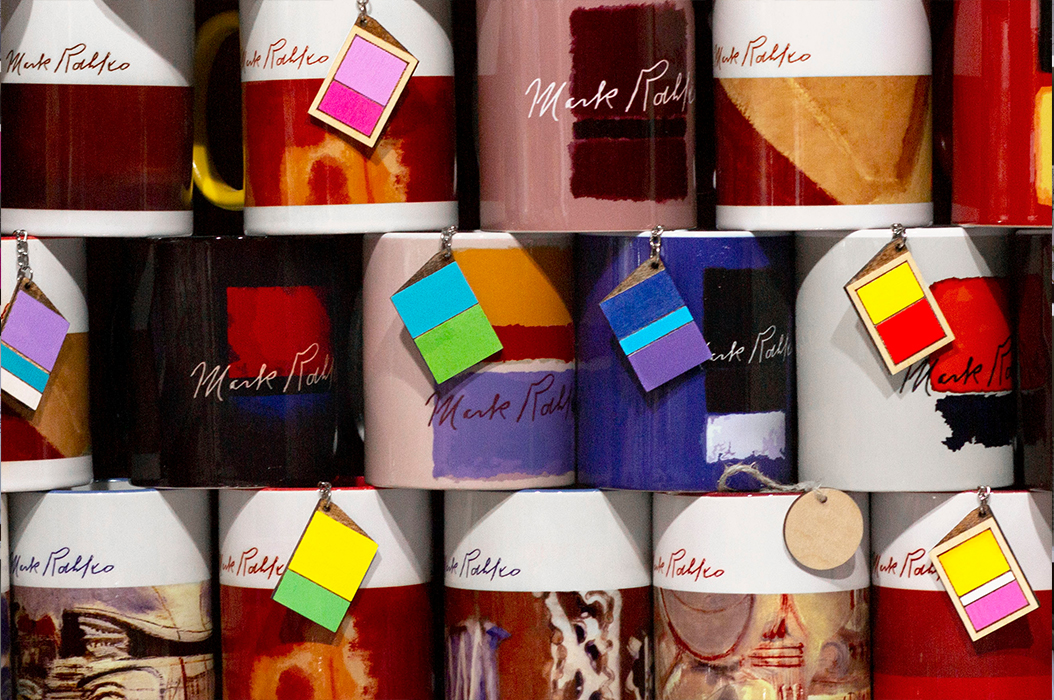
Souvenir salon
The creative team of artists from “EgoDizains” Ltd. develops and produces items in exclusive design. A key direction in the company’s portfolio is production of souvenirs for Latvian tourist and cultural sites. The company’s collection of wooden, textile, leather and print products is based on templates from professional designers and original drawings and paintings by professional illustrators. The products are created with eco-friendly materials and technologies. The company’s other product line caters for beauty and style, offering exclusive wooden, glass and leather jewellery, and design clothing with screen-print décor. The creative team also develops ecological educational toys, books and board games for children.
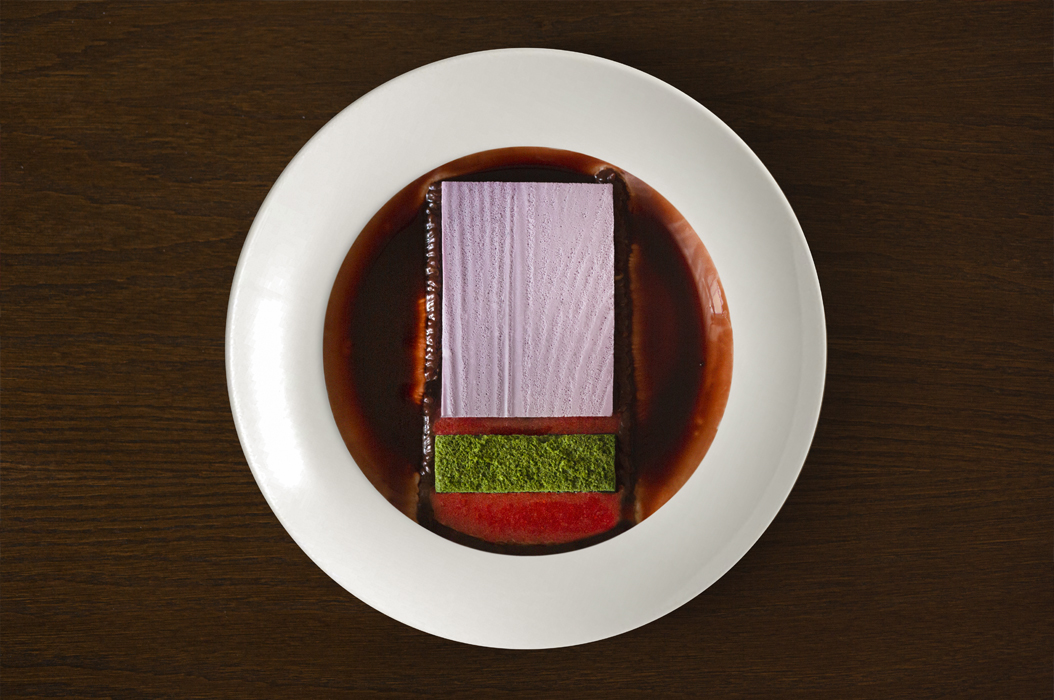
Café
Café Arsenal is located in Daugavpils Fortress, Northern Europe’s only bastion-type stronghold. More specifically, it takes up some of the premises in the former artillery arsenal building, which has been repurposed as Rothko Museum. In warm weather, Café Arsenal offers comfortable seating on an open-air terrace overlooking the Nicholas Gate. Café Arsenal offers banquet halls for celebrations as well as table-setting facilities and banquet servicing. The menu is diverse and caters for all tastes. More
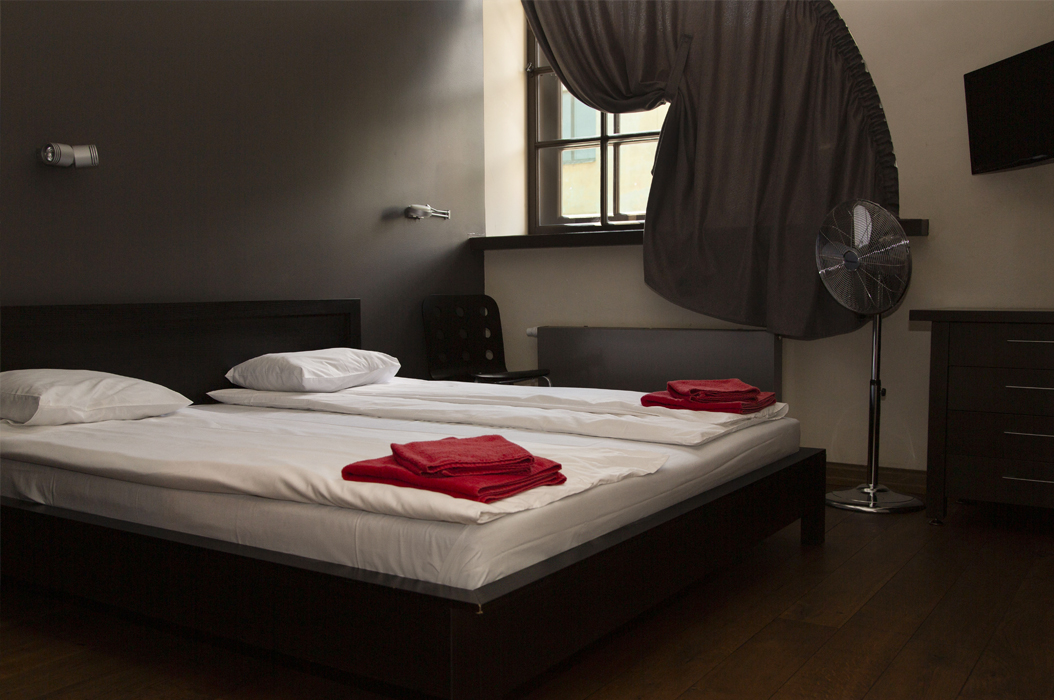
Accommodation
Rothko Museum has a residence area with 10 well-appointed and comfortable single or double rooms. Accommodations are regularly used by artists and other creators, but the opportunity to enjoy the symbiosis of art and history is also open to the city’s guests and anyone who is interested in staying there. Residence rooms can receive up to 20 persons at a time.
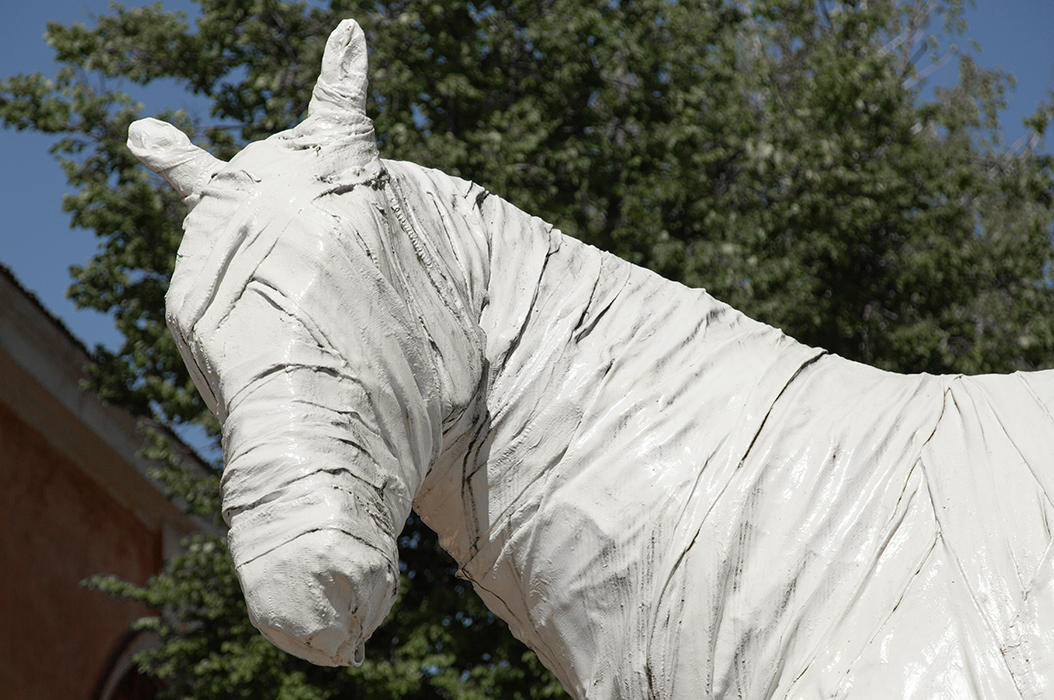
Environmental object “The Ghost of the Fortress”
The principal inspiration for the sculpture “Ghost of the Fortress” is Daugavpils Fortress itself. Every old and remarkable building has its ghost, and for Daugavpils Fortress it is a warhorse. Much like fortresses, warhorses were crucial to military infrastructure, but development of military technology rendered both of them obsolete almost at once. For the most part, the cold reality of war is neither medals, nor noble victories, but broken and ruined lives. To the authors of the sculpture, war brings back memories of World War I photographs depicting soldiers swathed in bandages. Therefore, “this ghost of a war horse is a brooding and bandaged mount rather than a galloping steed with a wind-tossed mane”. The sculpture glows in the dark and invites interaction. You can draw on it with a flashlight, and you needn’t even wait for the dark – twilight will do just fine. The longer you focus your flashlight on the horse, the brighter the glow of your drawing or inscription will be.
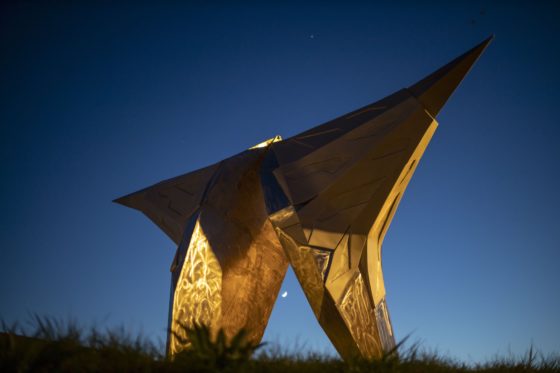
Sculpture “Meteorite”
This sculpture by Sovleiga Vasiļjeva is a tribute to Pēteris Martinsons (1931–2013) – a global star of ceramics and a native of Daugavpils whose meteoric genius keeps dazzling and inspiring artists and the medium’s enthusiasts worldwide. The site-specific artwork was created in a one-artist residency organised by the Rothko Museum. The sculptor found inspiration in Martinsons’s ink drawing from the 1950s, which he had donated to the Rothko Museum. Vasiļjeva’s sculptural touch fleshed out and expanded the original drawing, adding new dimensions and structures but keeping an apparent reference to Martinsons’s oeuvre and philosophy. The sculpture was unveiled on 22 April 2023 in a public event celebrating the first anniversary of the Martinsons House.
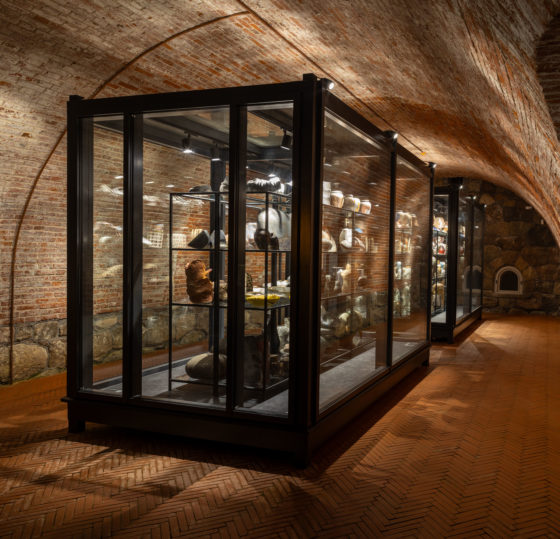
Open-storage chamber for contemporary ceramics
The 7th bastion casemate of the Daugavpils Fortress is officially available in its new function – as an open-storage chamber for contemporary ceramics from the Rothko Museum collection. The new open-storage chamber displays over a hundred artworks by artists from 40 countries. The open-access solution enables the public to explore the diversity of ceramic art and appreciate the artists’ creativity and professionalism in dealing with different earthen materials (from clay and chamotte to stoneware and porcelain) and multiple firing techniques.
The open-storage chamber is available daily from 8:00 a.m. to 8:00 p.m. From 1 November to 1 April visitors can access the space in the museum’s opening hours.
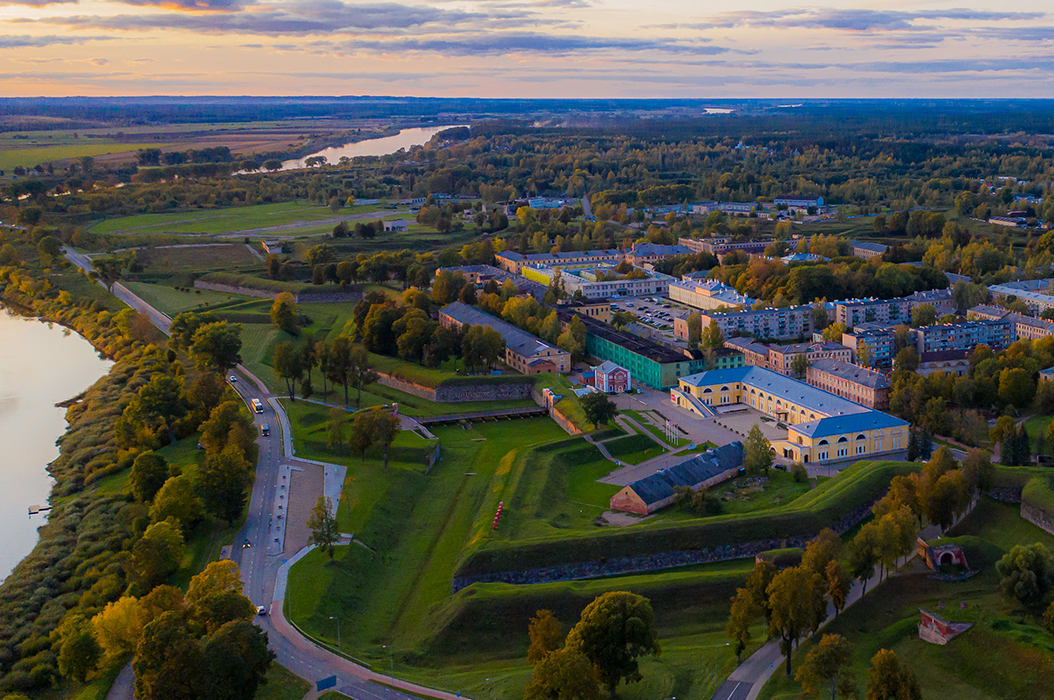
Fortress
Rothko Museum is located in Daugavpils Fortress, on the premises of the historical artillery arsenal building. Daugavpils Fortress is the last bastion-type fortress in the world and the only early 19th-century fortress in Eastern Europe that has remained virtually unchanged. Built between 1810 and 1878, Daugavpils Fortress is a unique architectural monument and a historical landmark of national importance, spanning more than 150 hectares. At different points in history, armies of different powers have stayed in this outstanding fortification. Today, the fortress is being transformed into a popular tourist destination and a major hub for culture and business.
Rothko Museum offers 90-minute guided tours of Daugavpils Fortress. Book your tour by calling +371 2 247 192 5.
